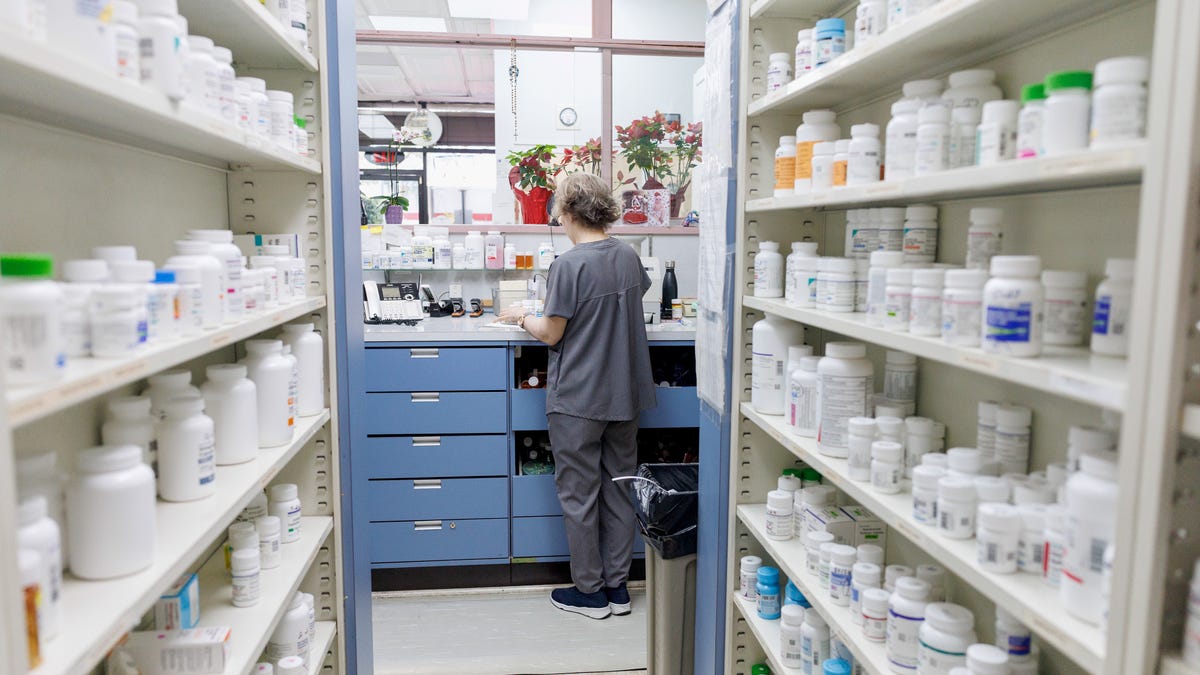John Tozzi
| Bloomberg
Eversana, a company that helps drugmakers sell their medicines, has acquired a smaller firm called Waltz Health that helps employers and health insurance companies purchase cheaper drugs, in a bid to build an alternative to traditional pharmacy benefits middlemen in the US.
The combined company, which will remain closely held, is valued at $6 billion, according to Mark Thierer, who will lead it, though he declined to say what Eversana paid for Waltz.
Thierer has a long resume in the industry: he led a pharmacy benefit manager that UnitedHealth Group Inc. purchased for about $13 billion in 2015, and stayed on to lead the company’s Optum Rx pharmacy division until 2017.
Pharmacy benefits managers, or PBMs, have faced growing criticism from regulators, employers and pharmacists who allege that their incentives are warped. The companies receive money from pharma companies while managing drug benefits for employers, insurers and unions. They set lists of approved drugs and determine how much to pay pharmacies that dispense medications.
The largest PBMs are part of bigger health-care conglomerates that also own insurance companies, medical providers and pharmacies. PBMs say that they lower the cost of drugs for their clients. But industry critics, including Mark Cuban’s mail-order pharmacy and Blue Shield of California, have been trying to create ways to get drugs to patients that circumvent traditional PBMs and, they say, save money by cutting out layers of middlemen.
Thierer says bringing Eversana and Waltz together will create a formidable competitor. “Over time, what we’re going to do is eliminate the barriers and the misaligned incentives that exist,” he said.
It’s meant to be an alternative, he said, to “the existing oligopoly that I helped build” and that it will eventually force the industry to change.
Company origins
Thierer is currently chief executive officer of Waltz Health and chairman of Eversana. He’ll take on the CEO role of the combined company. He’s also an executive adviser at the private equity firm Water Street Healthcare Partners LLC, which is an investor in Eversana, along with JLL Partners.
He co-founded Waltz with his son Jonathon Thierer four years ago. The goal, he said, was to lower drug prices for Americans. He described Waltz as a software company that connects a series of marketplaces that use competition to drive drug prices lower.
Entities paying for health care, like insurance companies or large employers, buy Waltz’s software to save money on prescriptions, often for high-cost drugs like weight-loss medications or oncology treatments. The software steers prescriptions to pharmacies in Waltz’s network that offer the lowest price for a particular drug, while weighing factors like how quickly they can dispense the drug.
The company says it processes 250 million prescriptions annually. (For comparison, CVS Health Corp.’s Caremark PBM handled 1.9 billion in 2024.) Waltz is expected to have about $70 million in annual recurring revenue next year, Thierer said. Waltz has about 100 employees and is backed by venture capital firms including GV and Blue Venture Fund, an affiliate of the Blue Cross and Blue Shield companies.
Eversana has more than 6,000 employees globally and works with hundreds of pharma companies to get their drugs to market. That includes physically distributing inventory, providing services to patients, and marketing and advertising to doctors and patients. It’s working with Eli Lilly & Co. to sell medications like the weight-loss drug Zepbound directly to patients through the LillyDirect service.
Drug middlemen
By combining Waltz Health’s connections to health-care purchasers with Eversana’s relationship to drug manufacturers, Thierer says the company will be positioned to cut out middlemen who drain money from the system.
In a typical prescription transaction, an employer or health plan pays the full price of a drug when a prescription is filled. Then, later on, those payers can get a rebate payment from the drugmaker via the PBM, lowering the net cost of the drug. The drugmakers may pay other fees to PBMs and distributors that are usually set as a percentage of the list price. Pharmacies, too, may receive less money for dispensing a medicine than the employer pays to fill the prescription.
The difference between the list price of a drug and the ultimate amount that drugmakers receive is sometimes called “gross to net.” Pharma researcher Drug Channels Institute estimates the amount of that gap for brand name drugs was $356 billion last year, and it’s grown over time.
Thierer says the combined company is taking aim at that spread, allowing drug purchasers to get the net price without the complexity of collecting a rebate payment after filling the prescription. “There is no rebate on the back end,” he said. “The rebate is in the price.”
He said the approach could help drug companies respond to pressure from the Trump administration to get them to lower prices.
